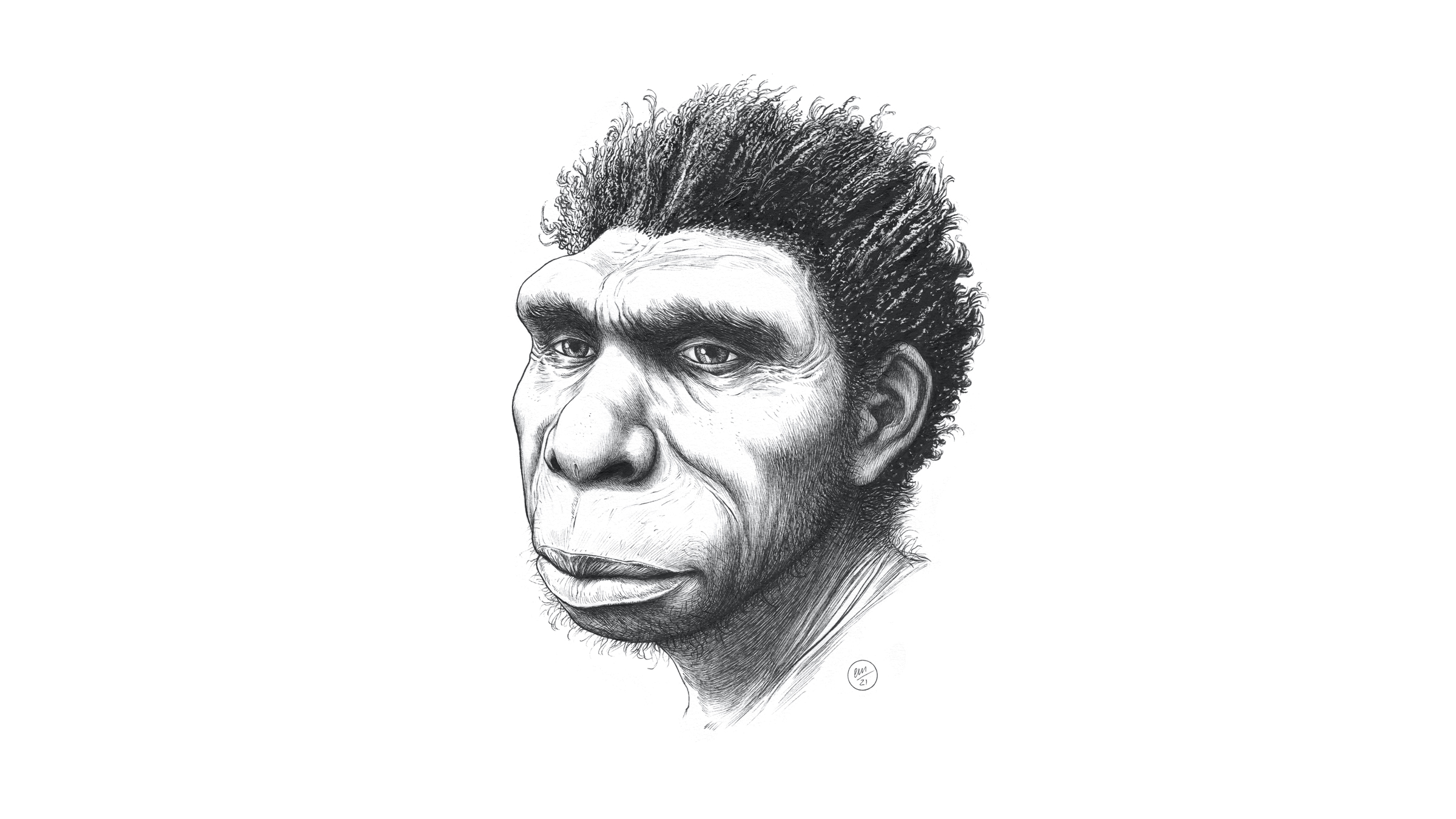Newly named human species may be the direct ancestor of modern humans
Homo bodoensis lived more than half a million years ago.

Scientists have named a new species that may have been the direct ancestor of modern humans.
The newly proposed species, Homo bodoensis — which lived more than half a million years ago in Africa — may help to untangle how human lineages moved and interacted across the globe.
Although modern humans, Homo sapiens, are the only surviving human lineage, other human species once roamed Earth. For example, scientists recently discovered that the Indonesian island Flores was once home to the extinct species Homo floresiensis, often known as "the hobbit" for its miniature body.
Deciding whether a set of ancient human fossils belongs to one species or another is often a challenging problem open to heated debate. For instance, some researchers suggest that skeletal differences between modern humans and Neanderthals mean they were different species. However, other scientists argue that because there is recent abundant genetic evidence that modern humans and Neanderthals once interbred and had fertile, viable offspring, Neanderthals should not be considered a single species.
Related: 10 things we learned about our human ancestors in 2020
In the new study, researchers analyzed human fossils dating from about 774,000 to 129,000 years ago (once known as the Middle Pleistocene and now renamed the Chibanian). Previous work suggested modern humans arose during this time in Africa, while Neanderthals emerged in Eurasia. However, much about this key chapter in human evolution remains poorly understood — a problem paleoanthropologists call "the muddle in the middle."
Chibanian-era human fossils from Africa and Eurasia are often assigned to one of two species: Homo heidelbergensis or Homo rhodesiensis. However, both species often carried multiple, and often contradictory, definitions of the skeletal characteristics and other traits that described them.
Get the world’s most fascinating discoveries delivered straight to your inbox.
Recent DNA evidence has revealed that some fossils in Europe dubbed H. heidelbergensis were actually from early Neanderthals. As such, H. heidelbergensis was a redundant name in those cases, the scientists noted.

Similarly, recent analyses of many fossils in East Asia now suggest they should no longer be called H. heidelbergensis, the researchers added. For instance, many facial and other features seen in Chibanian East Asian human fossils differ from those seen in European and African fossils of the same age.
In addition, Chibanian fossils from Africa are sometimes called both H. heidelbergensis and H. rhodesiensis. The scientists also noted that H. rhodesiensis was a poorly defined label that was never widely accepted in science, due in part to its association with controversial English imperialist Cecil Rhodes.
To help deal with all this confusion, the researchers now propose the existence of a new species, H. bodoensis, named after a 600,000-year-old skull found in Bodo D'ar, Ethiopia, in 1976. This new name would encompass many fossils previously identified as either H. heidelbergensis or H. rhodesiensis. The researchers suggest that H. bodoensis was the direct ancestor of H. sapiens, together forming a different branch of the human family tree than the one that gave rise to the Neanderthals and the mysterious Denisovans, which Siberian and Tibetan fossils suggested they lived about the same time as their Neanderthal cousins.
"Giving a new name to a species is always controversial," study co-lead author Mirjana Roksandic, a paleoanthropologist at the University of Winnipeg in Canada, told Live Science. "However, if people start using it, it will survive and live."

In this new classification, H. bodoensis will describe most Chibanian human fossils from Africa and the Eastern Mediterranean. Many Chibanian human fossils from Europe would get reclassified as Neanderthals. The names H. heidelbergensis and H. rhodesiensis would then disappear. Chibanian human fossils from East Asia may get their own names with more research.
"We are not claiming to rewrite human evolution," Roksandic said. Instead, the researchers seek to organize the variation seen in ancient humans "in a way that makes it possible to discuss where it comes from and what it represents," she explained. "Those differences can help us understand movement and interaction."
In the future, the researchers want to see if they can find any H. bodoensis specimens in Europe from the Chibanian, Roksandic said.
The scientists detailed their findings online Thursday (Oct. 28) in the journal Evolutionary Anthropology: Issues News, and Reviews.
Originally published on Live Science.

